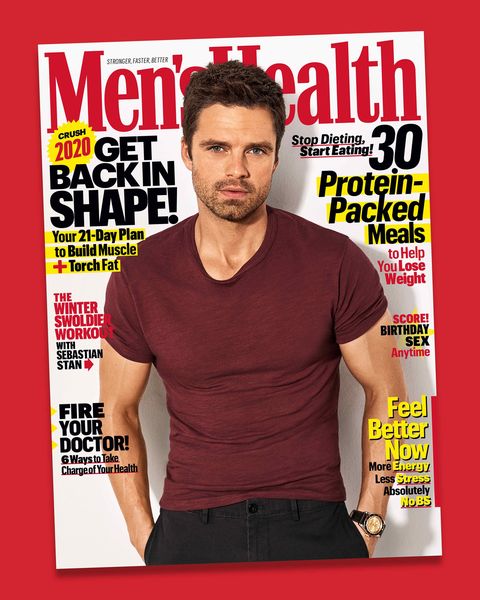This is Your Quick Training Tip, a chance to learn how to work smarter in just a few moments so you can get right to your workout.
Gyms are filled with all types of bars—Olympic bars, Swiss bars, trap bars, EZ curl bars, and if you’re lucky and fancy enough, smoothie bars. But perhaps the most curious one is the safety squat bar. You might have seen one collecting dust near the squat rack. The implement resembles a yoke, and while many powerlifters swear by it, it often goes unused by regular gym-goers, because, well, it looks intimidating despite its welcoming name.
Use it anyway. If your gym has one, it can be a highly effective way to switch up your routine—especially if you have poor shoulder mobility or frequently suffer low back pain.
Unlike a typical Olympic barbell, a safety squat bar has handles that extend from a central padded harness, allowing you to grip the bar in front of you rather than out to your sides. That change in arm position can reduce shoulder strain. The camber of the bar also shifts the load forward, allowing you to maintain a more upright posture, similar to a front squat. The result: less stress on your lower back.
In short, there’s a reason why it’s called a “safety” squat bar—it’s ideal for working around upper body injuries and mobility issues. But research also shows that it can be just as effective as an Olympic bar for building lower body strength and power.
Your move: If you have niggling back pain or tweaky shoulders, make the safety squat bar your new go-to squat tool. But you should also add it to your routine if your shoulders and lower back are perfectly healthy.
Initially, you’ll likely have to drop down in weight as you master the slightly different movement pattern required by bar’s unique load placement. But recognize that awkwardness for what it is: a new challenge that will trigger fresh gains.

Men’s Health
Men’s Health Subscription
SHOP NOW
Source: Read Full Article
